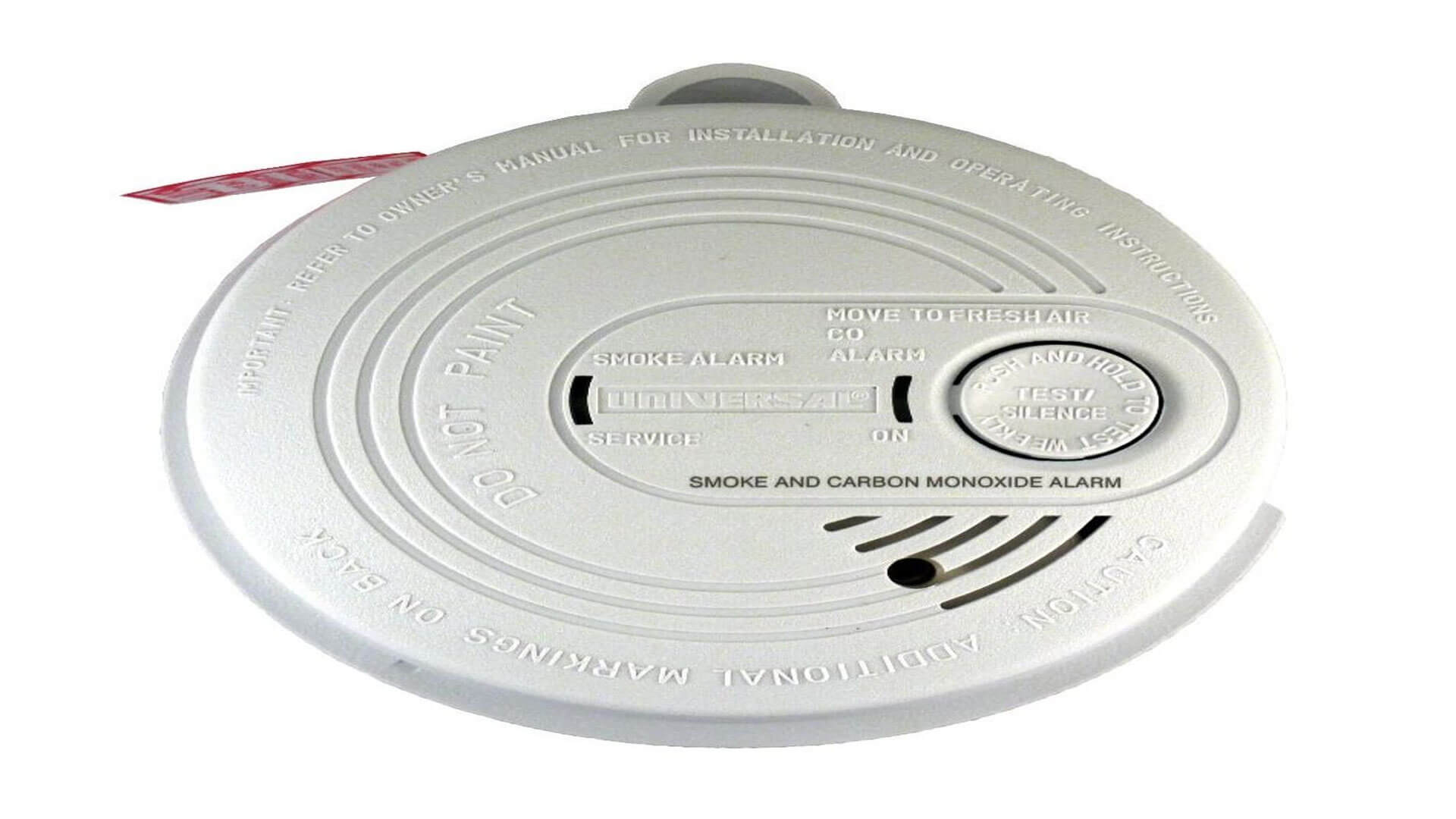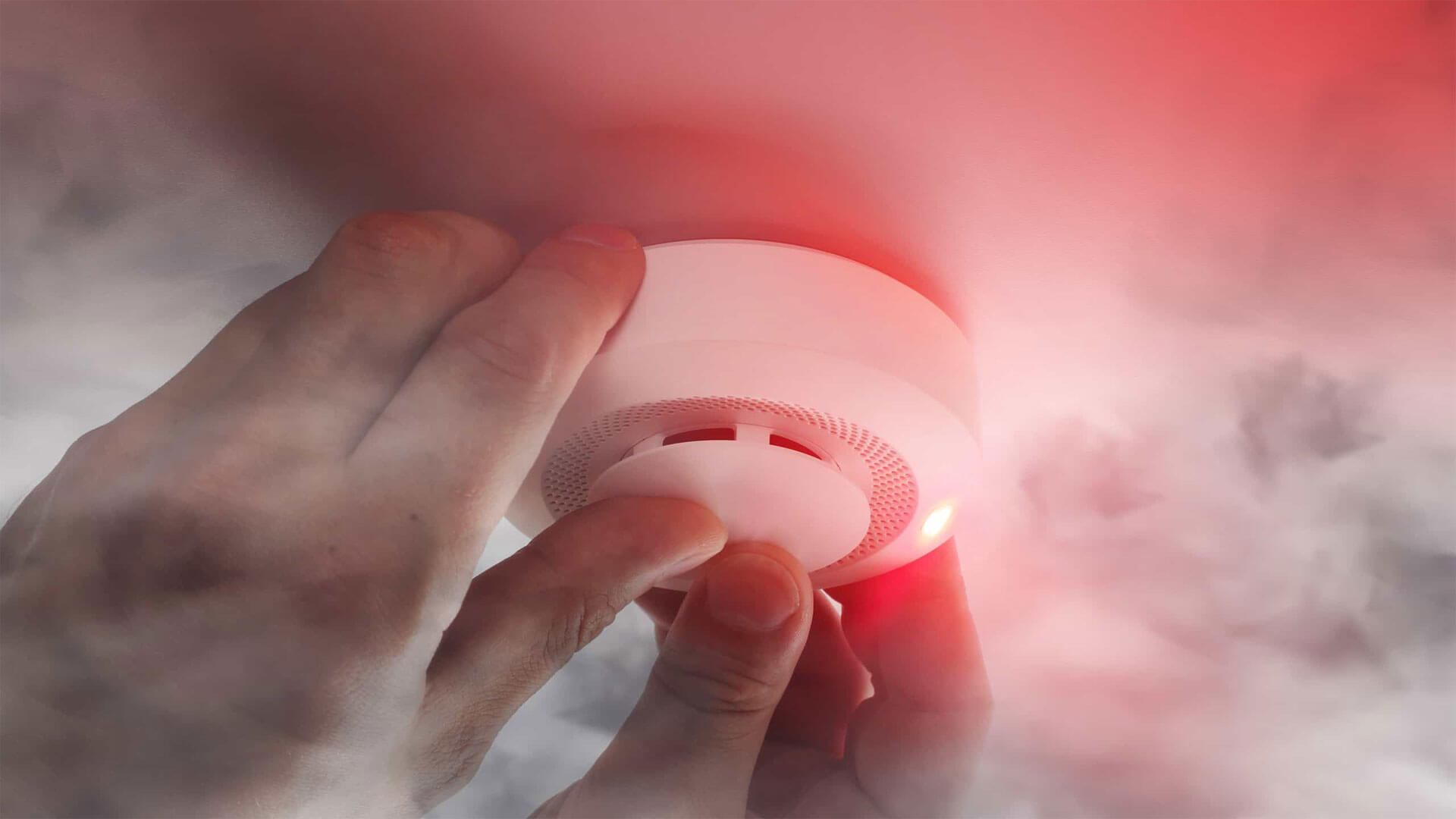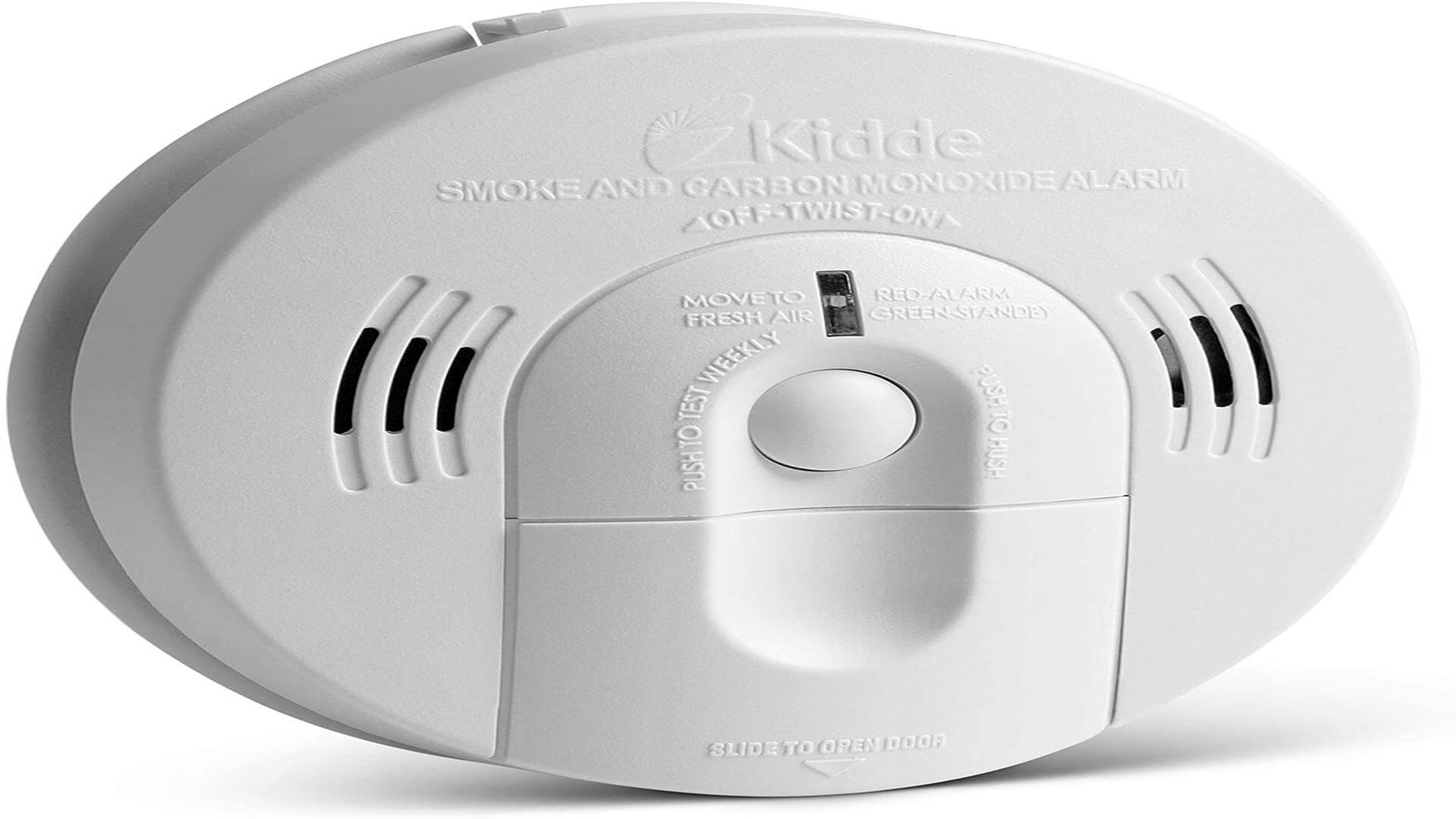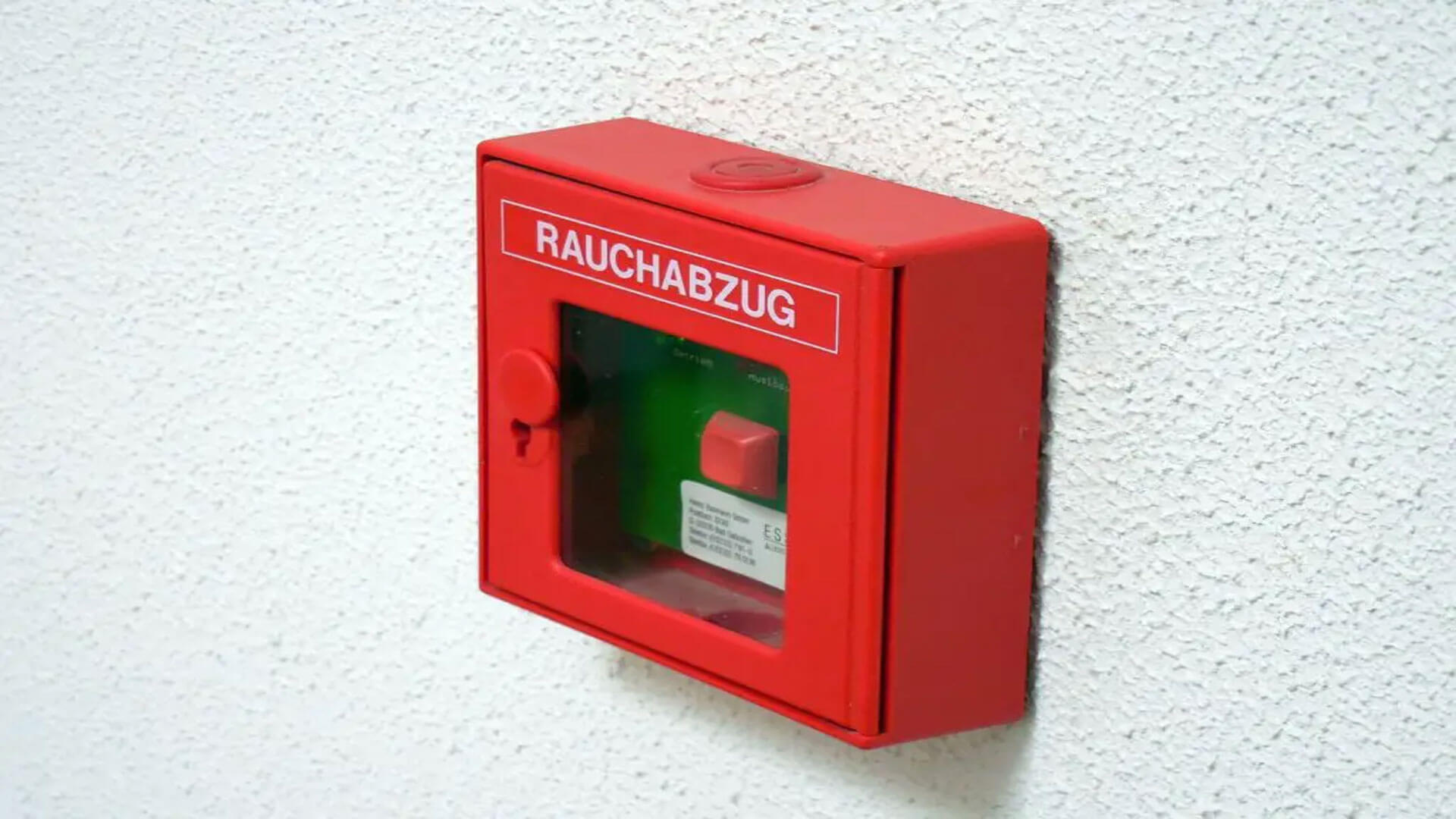It is vitally important that when your smoke detector erupts into red alert, you understand what this signifies in order to take the appropriate actions to keep your family safe.
Red blinking smoke detectors typically indicate that their batteries have low charge. But, it could mean other things.

Low battery
Most smoke detectors will emit beeps or flash red LEDs to notify users when their battery needs replacing, and it is recommended to do this every six months to keep your device functioning optimally.
If your red light still blinks after installing new batteries, something may be blocking the sensor; dust, cobwebs or insects could all be contributing. In this instance, it would be wise to clean out your detector in order to clear away any obstructions that might exist and clear away the red light flashes that have developed over time.
If your detector is more than 10 years old, it could be time for an upgrade. Smoke detectors have limited lifespans; newer models tend to be much more sensitive.

Debris blocking the sensor
Cluttered detector chambers can lead to false alarms and cause flashing lights, including dust particles, pet hair, and other forms of debris floating through your home’s air and entering its sensor. Try opening windows or turning on fans in the room where the detector is situated to clear out airborne contaminants before cleaning your detector using canned air to blast through its screen and chamber as well as brushing away any dust that has accumulated over time.
If this fails to solve the problem then cleaning may be required – consider blowing out its sensor chamber using canned air or brushing away dust that’s built up in its sensor sensor sensor sensor sensor sensor sensor sensor sensor sensor sensor sensor to clear it all away and clears away accumulated debris floating through its sensor sensor into its sensor and then trying opening windows/turning on fans to clear airborne contaminants from floating through its sensor sensor to its sensor sensor sensor sensor sensor sensor sensor sensor sensor sensor sensor sensor sensor sensor sensor sensor sensor sensor sensor sensor and sensor sensor sensor sensor sensor sensors when used. If the issue still persists then clean the detector by blowing out/brushing out its chamber/screen/chamber to clear dust accumulation that has built up over time or by blowing out/blowing out with canned air/brushing through.
A hard wired smoke detector displaying red lights could indicate the need for new batteries or that there is an issue with its wiring, necessitating a professional electrician’s examination to diagnose and address it; depending on its nature, you may even require replacement of your detector entirely.

There’s actual smoke in the air
Installing and regularly maintaining smoke alarms in your home is a smart idea and should include testing batteries regularly and knowing what their indicators mean so you can address problems as they arise.
If the indicator flashes accompanied by an audible beeping sound, it means your smoke detector has detected actual smoke in the air and serves as a serious warning sign; at this point it’s time to follow your family’s fire safety plan and evacuate as quickly as possible from the building.
Hard-wired smoke detectors typically include a backup battery to provide emergency backup should power be lost in your house, and when nearing its end of life will flash red to warn and beep as a reminder to change it. Battery-operated detectors should change their main batteries every six months as an ideal practice; doing so will avoid red blinking lights!

The detector is more than ten years old
Smoke detectors should be treated like any other safety equipment in your home and require occasional maintenance to function optimally. At least twice annually, check the batteries on your smoke detectors and clean if necessary.
Red blinking light smoke detectors often display this warning when dust has settled onto their sensor and is mistakenly thinking there’s a fire in the home, prompting alarm.
To clear dust from your smoke detector, use a soft, dry cloth or vacuum the chamber. Alternatively, unplug it by turning it counterclockwise until you release the back plate holder and depressing its pin; this allows you to access and replace its battery if applicable; for hardwired systems an electrician may need to come in to do the replacement themselves.